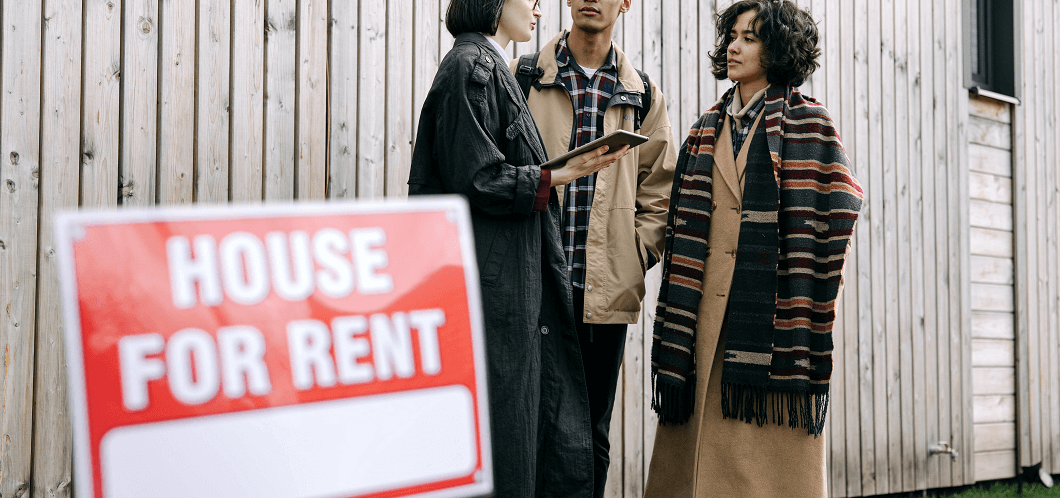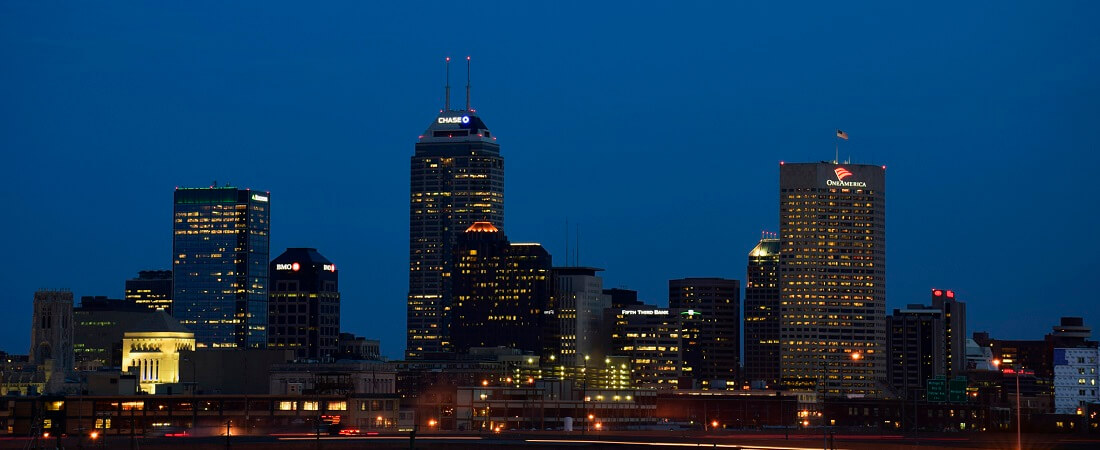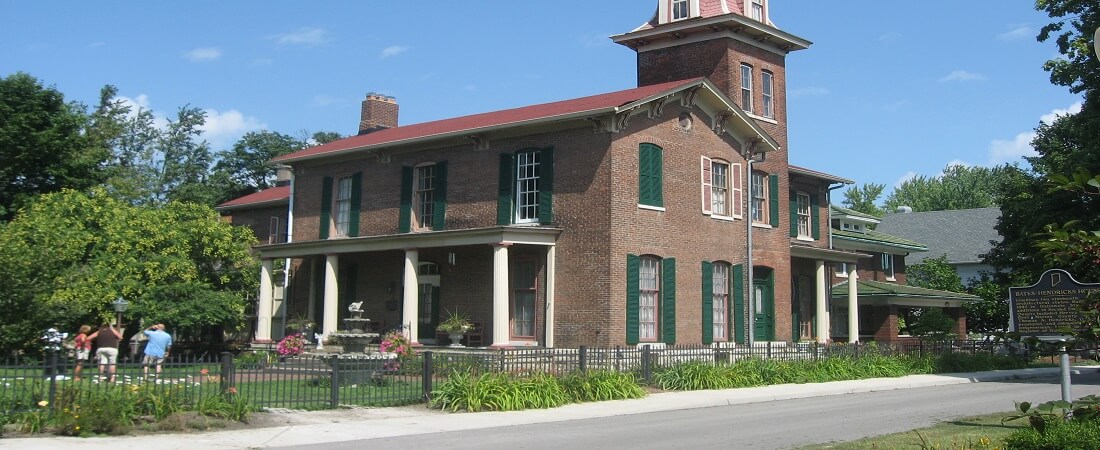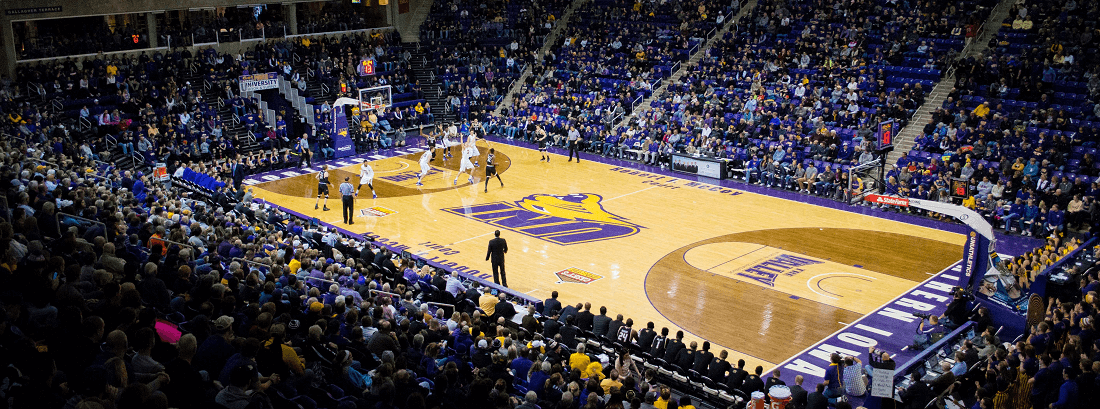Listed as the 16th most populous city in the US, Indianapolis is a sprawling metropolis located in the heart of the Midwest. The standard of accommodation in Indianapolis is generally excellent, with plenty of options to suit different preferences and budgets.
It really comes down to the type of lifestyle that newcomers to the city would be interested in. Proximity to transport, schools, economic hubs, sport facilities, parks and so on, should also be considered before buying or renting a property.
The city has a vibrant, growing economy. More and more people seem to be flocking to the capital because of its surprisingly low cost of living, vibrant neighbourhoods bursting with cultural and culinary hotspots, and a fanatic sports scene.
Areas and suburbs in Indianapolis

With more than 90 neighbourhoods, Indianapolis offers new arrivals plenty of areas and suburbs to choose from. Families and fun-loving young professionals will all be catered for in the city, with a wide range of price points to boot. Downtown Indianapolis is likely the most popular area among young professionals, thanks to its proximity to public transport and workplaces. Often referred to as the Mile Square, Downtown Indianapolis is also home to many fantastic bars, cafés and cultural attractions.
With a strong sense of community, Broad Ripple Village is located north of Downtown Indianapolis and is undergoing massive revitalisation, with many new developments cropping up. New arrivals looking for newer apartments and condos in an area that hosts quaint galleries and boutiques should look no further than Broad Ripple. Other neighbourhoods for young new arrivals to consider include Keystone at the Crossing and Fountain Square.
Small families looking for affordable housing with easy access to downtown will love Willow Lakes. This southeast neighbourhood boasts many dining options and reasonably priced apartments. Those who are seeking a tight-knit community in a residential setting should consider suburbs such as Brockton, North Willow and Bates-Hendricks.
Bayview and Riverside offer families lake views in a residential setting. Woodruff Place and Crooked Creek are perfect for those families who want to enjoy the great outdoors without sacrificing access to city amenities. New arrivals should note that homes in some of these areas can go for a premium, so it’s essential to budget wisely.
See Areas and Suburbs in Indianapolis for detailed information on the city’s neighbourhoods.
Types of accommodation in Indianapolis
People relocating to Indianapolis will be spoilt for choice, as the city boasts a wide array of housing options. It comes down to which type of community would suit new arrivals best. For some, it’s a younger, modern community in the hustle and bustle of downtown and close to public transport. For others, it’s a quiet community with resident programmes and convenient access to local shopping or a community with more space and access to parks and fields.
Apartments
These are mainly self-contained units in larger buildings, referred to as ‘flats’ in the UK.
Single-family homes
These are smaller stand-alone houses, usually on a small plot of land, ideal for smaller families or those on a budget.
Bungalows
A low house having only one storey or, in some cases, upper rooms set in the roof, typically with dormer windows.
Duplexes
Duplexes are two or more living quarters housed in the same building.
Condominiums
These are ideal for newcomers to an area. It’s a community of similar-styled homes with shared amenities, usually found in the vibey downtown area.
Mansions
These are more prominent on the outskirts of the city. They’re large houses with five or more rooms, pools, gardens and various entertainment areas.
Finding accommodation in Indianapolis

Prospective residents seeking accommodation in Indianapolis would do well to begin their search before moving to the city. Google, as they say, is your friend. The internet is flush with property sites, forums, blogs and portals that will provide valuable localised information on short and long-term rental listings, amenities, utilities, and more. A word of warning: when sites demand personal information or upfront payment, steer clear – even if they’re legitimate, there are enough free alternatives that can achieve the same objectives.
Of course, real estate agents are another avenue to pursue when searching for a new home. They can share essential info on Indianapolis’s housing market, although in the US, realtors are generally more focused on purchasing and selling rather than the rental market.
Once in Indianapolis, it’s worth picking up magazines and newspapers for local listings or even just going for a drive around prospective neighbourhoods and keeping an eye out for ‘for rent’ signs.
Useful links
- Expats and new arrivals can scour Zillow and Trulia's websites for rental property listings in Indianapolis.
- Another viable option for prospective tenants is searching social media marketplaces for listings by owners.
Renting accommodation in Indianapolis
New arrivals and expats in Indianapolis tend to rent properties, at least at first. Downtown has a booming rental market where young professionals and new families rent – furnished or unfurnished – small-to-large luxury apartments in high-rises, duplexes in charming brick-paved neighbourhoods, or more opulent condos and lofts. Neighbourhoods surrounding downtown offer a variety of more affordable single-family bungalows and houses, as well as bigger properties and mansions, with a vast price range.
Making an application
Once new arrivals have found a potential new home to their taste, they are advised to tender an application as soon as possible, as there will likely be other interested parties. Prospective renters, especially expats, will have to prove – often with bank statements – that they can indeed afford the lease, and agents or landlords will, in all probability, perform background and credit checks.
It’s also prudent to have references and testimonials from current and former employers and former landlords. Where possible, it’s wise for expats to include with their application a reference letter from family members or friends currently residing in Indianapolis or elsewhere in the US.
Leases, costs and fees
Lease agreements in Indianapolis are usually for a full year, but shorter-term leases are common too. At the termination of the lease, the landlord and tenant can either agree to renew the lease or end it. It is possible to terminate a lease early, but it is generally the landlord's prerogative whether the tenant will be liable to pay the full amount of the agreed lease. If the landlord can find a replacement tenant, the previous tenant won’t be liable to continue paying off the lease.
Indiana’s law makes provision for landlords to collect a one-time deposit from tenants, known as a security deposit. There is no limit in Indiana as to the maximum amount of a security deposit, but usually, it’s the equivalent of a month’s rent, and it’s customarily paid before the start of the lease, along with the first month’s rent.
Deposits can be paid in the form of cash, cheque or money order, and an unusual law in Indiana allows landlords to place a lien on a tenant’s motor vehicle instead of collecting a traditional security deposit. Deposits can’t be non-refundable, as they remain the tenant's property, but landlords are allowed to make deductions from the deposit or keep the whole amount for various reasons.
These include covering unpaid rent, for damages in excess of normal wear and tear, other breaches of the lease agreement, unpaid utility bills, or – if pre-arranged with the tenant – to cover the last month’s rent. Indiana’s landlords must return security deposits or the portion thereof that is owed to the tenant within 45 days after the lease is terminated.
Read Accommodation in the USA to learn more about the national rental market and processes.
Utilities
It is important for prospective tenants to scrutinise a lease agreement very carefully to ascertain which utilities are included in the rental cost before committing. Some utilities may be included, but often, services such as water, electricity, gas, refuse, and internet are not part of the rental price and will be additional expenses for the tenant.

Electricity
Indianapolis has a deregulated electricity market, with the main providers being AES Indiana and Duke Energy. Duke Energy supplies Hamilton County, while AES Indiana covers Indianapolis and Marion County. To start a new service, new arrivals must call AES Indiana’s customer service line during working hours at least three days before their intended move-in date.
They will need to supply their name and date of birth, social security number, new address and phone number. Those who would like to transfer their service to a new address can simply fill in a form online to get the process started.
Gas
Locally owned and operated utility, Citizens Energy Group supplies the natural gas and water in Indianapolis. Newcomers can submit an online application with their identity information, address and social security number to start or transfer a service, and this will typically be responded to within 24 hours. New arrivals without a strong credit report may be required to pay a security deposit to prove their creditworthiness.
Water
Most of the drinking water in Indianapolis is sourced from the White River and is treated and supplied by Citizens Energy Group. Similarly to gas, new arrivals can apply for a new water account or transfer an existing one to a new address by completing an online form and submitting the relevant documents on Citizens Energy Group’s website.
Bins and recycling
The Indianapolis and Marion County Department of Public Works are responsible for waste management in the city. The county offers residential rubbish collection five days a week from 7am throughout the city. Residents can dispose of regular waste items such as glass, food waste, nappies and more by putting them in rubbish bags and placing them in their rubbish carts, which should be placed on the curb by 7am on their collection day.
Indianapolis’s residents will also be able to dispose of heavy items like furniture on designated heavy rubbish pickup days. The Indianapolis and Marion County also provide toxic and hazardous waste drop-off sites.
For curbside recycling, new arrivals must contact the Department of Public Works or Republic Services or Ray’s Trash Service, depending on which of the three collects waste in their specific neighbourhood, to subscribe to the service. Newcomers can also drop off all their recyclable waste at designated sites at no charge.
The city allows its residents to recycle all colours of glass, plastic bottles and jugs, paper and aluminium, tin and steel items. It is not permissible to recycle plastic bags and styrofoam items.
Internet
The different areas and suburbs in Indianapolis have access to many internet service providers, including CenturyLink, AT&T and Spectrum. These all provide a range of services, including fibre, 5G or routers and their prices will depend on the internet speed and whether it is bundled with cable and phone services.
Useful links




 Downtown
Downtown Bates-Hendricks
Bates-Hendricks






